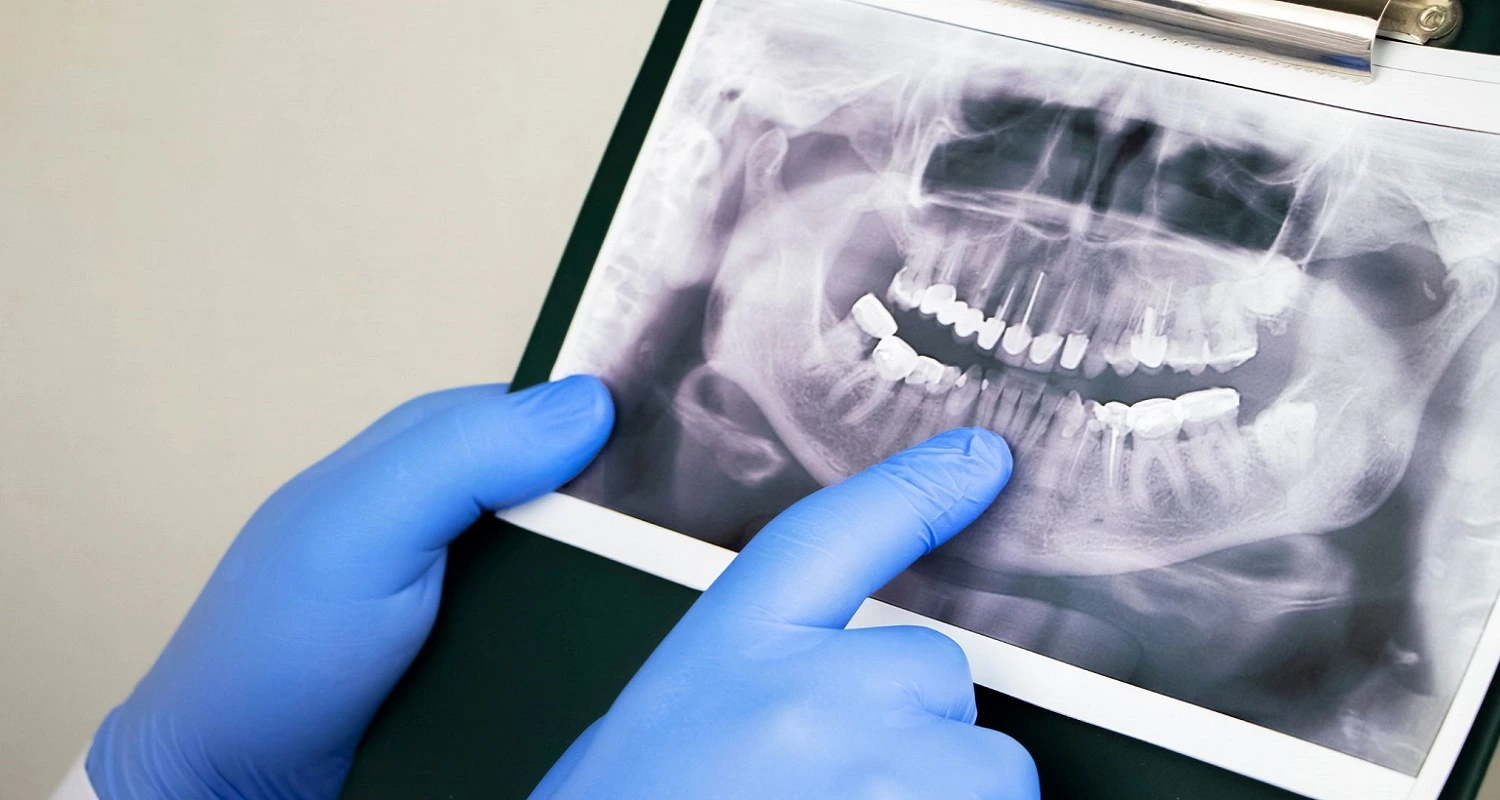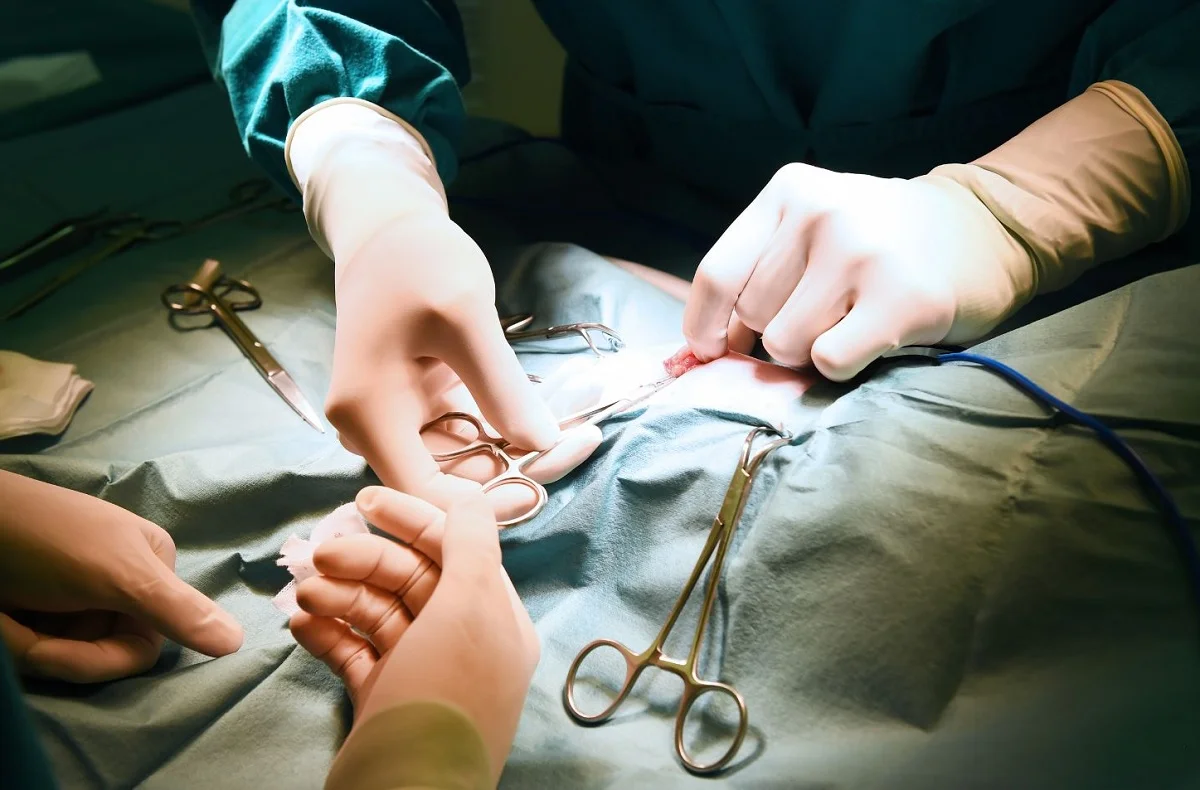Last Updated on: 15th October 2024, 09:31 am
✓ Fact Checked 🕓
❙ Our team of writers, editors, and medical experts rigorously evaluates each article to ensure the information is accurate and exclusively cites reputable sources.
❙ We regularly assess how the content in this article aligns with current scientific literature and expert recommendations in order to provide the most up-to-date research.
What is TMJ surgery? It’s a medical procedure designed to treat severe temporomandibular joint disorders, offering hope for those seeking relief from chronic jaw pain and impaired jaw function.
What is TMJ surgery?
The temporomandibular joint is a unique anatomical structure that connects the lower jaw to the skull, allowing a wide range of motion essential for everyday activities such as speaking, chewing, and swallowing. However, due to its anatomical and functional complexity, the TMJ is subject to a variety of challenges and dysfunctions that can manifest in a variety of ways. These can include pain and other symptoms that can significantly affect the lives of patients. In this article, we will explore treatments for TMJ disorders.
What are the Symptoms of TMJ Disorders?

Patients may not be aware that they have a TMJ disorder, and may be diagnosed during a routine dental visit. However, it is common for people to consult a professional when experiencing some symptoms, including:
• Jaw pain
• Difficulty opening or closing the mouth
• Clicking, crackling, or abnormal noises when moving the jaw
• Pain when chewing
• Headache, especially in the region of the temples or forehead
• Earache
• Stiff jaw
• Changes in bite (malocclusion)
• Ringing in the ear or dizziness
• Shoulder or neck pain
• Jaw stiffness
Diagnosis of TMJ Disorders
Diagnosis of TMJ disorders is usually made by a maxillofacial surgeon, orthodontists, prosthodontists, and otolaryngologists. This requires a clinical examination and a radiographic examination.
Clinical examination:
During the consultation, the professional will likely:
• Ask the patient to open and close his mouth to observe the range of movement and identify limitations and deviations.
• Press the chewing muscles to find areas of discomfort.
• Feel around the jaw joints as you open and close your mouth.
• Place a finger on the front of the external auditory canal to feel for disturbances during opening and closing movements
Radiographic examination:

For an accurate and complete diagnosis, radiographic imaging is necessary. These may include:
• Dental x-rays
• Computed tomography
• Magnetic resonance
• Arthroscopy of ATM
If you’re interested in learning more about dental x-rays, I recommend checking out our article about it.
Non-surgical Approaches to TMJ Disorders

Management of temporomandibular joint (TMJ) disorders often begins with non-surgical therapies that seek to alleviate symptoms and improve TMJ function. These therapies can be effective for many people and are often used before more invasive options are considered. Here are some common non-surgical therapies for the management of TMJ disorders:
1. Mouth guards: Acetate plates are placed on the teeth to guide the jaw to a better position where the masticatory muscles are more relaxed. This can reduce clenching and grinding of the teeth.
2. Physiotherapy: Performing exercises to stretch and strengthen the chewing muscles can help relieve TMJ discomfort.
3. Cognitive-behavioral therapy: This therapy can be helpful in addressing the emotional component of TMJ disorders, such as stress and anxiety, which can often make symptoms worse. Learning to manage stress and adopt coping strategies can be beneficial.
4. Laser therapy: The application of a low-power laser helps stimulate blood flow, and reduce inflammation and pain in the TMJ.
5. Injections: Injecting medications such as corticosteroids or botox (botulinum toxin) into tender points in the masticatory muscles can help decrease inflammation and relax muscle fibers. If you want to learn more about the effects of Botox in treating TMJ Disorder, I recommend checking out this article.
Surgical Options for TMJ Disorders
When TMJ disorders do not respond to conservative treatment or when there are serious structural problems that require intervention, surgical options may be considered. Importantly, TMJ surgery is generally reserved for cases where other therapies have not provided adequate relief and when symptoms are severe enough to warrant the risks associated with surgery. Here are some surgical options for the management of TMJ disorders:
1. Arthrocentesis: This is a minimally invasive surgery that involves the insertion of needles into the joint to flush the area with sterile fluid and help reposition the cartilage disc that sits between the jawbone and the skull. It is helpful in relieving pain and restriction of movement.
2. Arthroscopy: In TMJ arthroscopy, small incisions are made and a thin tube with a camera is inserted into the joint. This allows the surgeon to examine the joint and perform minimally invasive repairs, such as removing damaged tissue or releasing adhesions.
3. Condylar repositioning: Some TMJ disorders can be caused by problems with the position of the jaw. In select cases, surgery may be performed to reposition the mandibular condyle into a more suitable position.
4. Arthroplasty: In this surgery, the temporomandibular joint is replaced or reshaped to improve function and relieve chronic pain. This may involve placing an implant or rebuilding the joint with the patient’s own tissue or synthetic materials.
5. Osteotomy: In severe cases of skeletal deformities, such as retrognathism (recessed lower jaw) or prognathism (protruding lower jaw), osteotomy surgeries may be performed to correct jaw position and improve function.
6. Reconstructive surgery: In extremely rare cases of severe TMJ damage, reconstructive surgery may be required that involves total temporomandibular joint repair or replacement.
It is important that the decision to have TMJ surgery is made after careful evaluation and discussion with a team of healthcare professionals, which may include a maxillofacial and oral surgeon or a specialist in TMJ disorders. TMJ surgeries can have significant risks and recovery times, so potential benefits and alternatives should be carefully considered before proceeding. The treatment approach must be personalized according to the needs and severity of the condition of each patient.
Conclusion
If you experience any of the above symptoms on a persistent basis, it is important to seek evaluation and treatment from a healthcare professional, such as a dentist or TMJ specialist, to determine the cause and develop an appropriate management plan. Early diagnosis and proper treatment can help restore oral function and comfort, restore function, alleviate discomfort, and improve quality of life.
Frequently Asked Questions
How do I prepare for TMJ Surgery?
Organize your belongings.
To ensure effective preparation before your Temporomandibular Joint (TMJ) surgery, it is essential to take certain steps in advance. Depending on the type of procedure, you may need to follow a soft food diet for a few days. Therefore, be sure to purchase all the necessary food before your surgery date. Also, make sure you have a sufficient supply of your medications, and keep ice packs and heat packs on hand in case you experience pain or swelling after surgery.
What is the Best Surgical Option for TMJ?
Arthroscopic Surgery of the Jaw: is the most prominent and least invasive surgical approach to address Temporomandibular Joint (TMJ) problems. This procedure is carried out in a single day, under general anesthesia. During the operation, the specialized surgeon will make two small incisions in the skin, located in front of the ear and over the TMJ.
How is the recovery from jaw surgery?
Jaws take some time to heal, usually between six and twelve weeks. Your child will be followed closely for the first month, with fewer appointments over time. You will receive detailed instructions on home care before you leave the hospital.
What is the Right Time for Jaw Surgery?
Jaw surgery is often performed at the optimal time when the jaw has finished growing, which is usually in the late teens. Typically, this falls between the ages of 17-21 for boys and 14-16 for girls.
Share:
References
1. Arthroscopy. (Aug 19, 2022). Mayoclinic.org. https://www.mayoclinic.org/tests-procedures/arthroscopy/about/pac-20392974
2. Doctors, M. O. (Apr 28, 2016). Temporomandibular joint. Instituto Maxilofacial. https://www.institutomaxilofacial.com/en/tratamiento/oral-and-maxillofacial-surgery-temporomandibular-joint/
3. Healthdirect Australia. (2022). Open TMJ surgery. https://www.healthdirect.gov.au/surgery/open-tmj-surgery
4. How to treat TMJ pain. (May 15, 2023). Cleveland Clinic. https://my.clevelandclinic.org/health/diseases/15066-temporomandibular-disorders-tmd-overview
5. Jewell, T. (Sep 26, 2019). TMJ surgery: Types, what to expect, recovery & more. Healthline. https://www.healthline.com/health/tmj-surgery
6. Ramírez S, H., Goñi E, I., Contreras D, R., Zúñiga R, S., Vargas D, A., Vásquez B, M., Reinoso D, C., Schulz R, R., Hormazábal N , F., & Goñi H, I. (2013). Reconstructive surgery of the temporomandibular joint. Chilean Journal of Surgery, 65(1), 85–93. https://doi.org/10.4067/s0718-40262013000100016
7. TMJ disorders. (Dec 28, 2018). Mayoclinic.org. https://www.mayoclinic.org/diseases-conditions/tmj/diagnosis-treatment/drc-20350945














